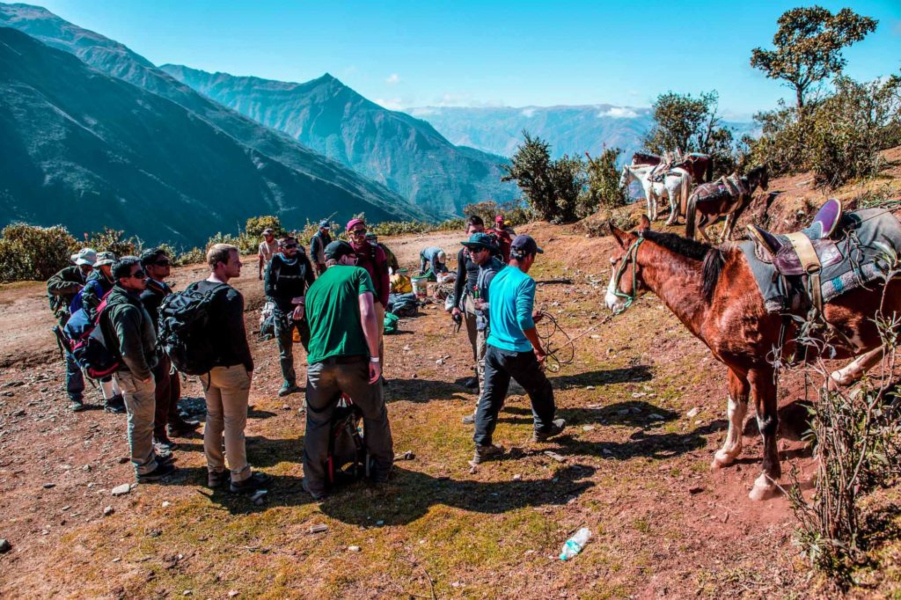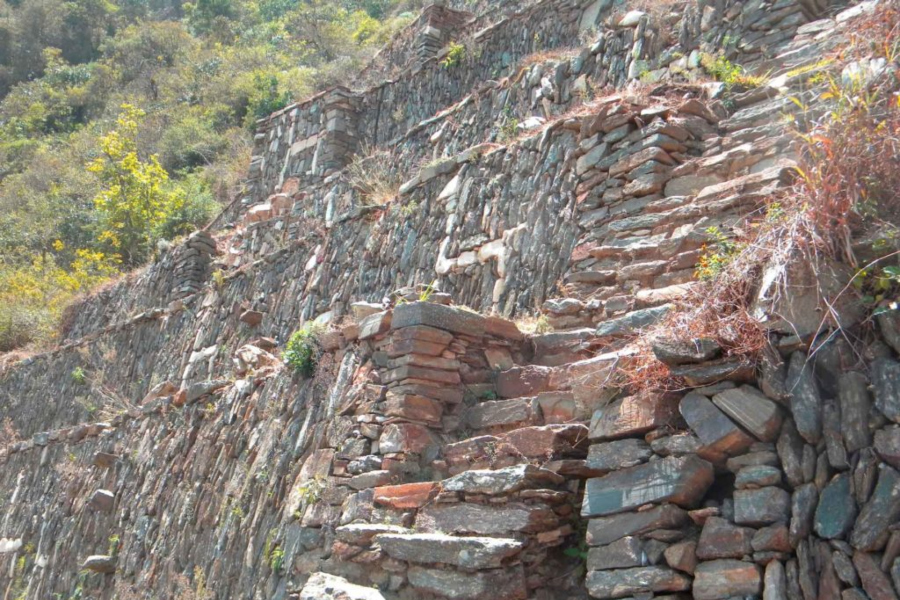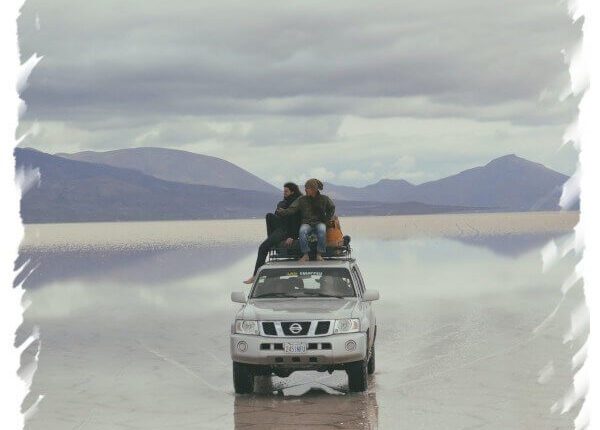Note: Horses will carry the heavy gear; you will hike carrying only your personal pack, sleeping bag and pad.
If you are considering to bring special photography equipment or other heavy accessories, or just simply don’t want to carry anything, please request an additional horse and muleteer ($100 USD) to carry your personal belongings, this way you will freely enjoy the hike (this is highly recommended if you have never hiked over 10,000 ft.). Chefs will deal with all the kitchen chores.









